
Psoriasis is a common skin condition affecting different parts of the skin which become red and inflamed. Majority of people suffering from psoriasis have certain parts of the skin covered with flaky, silver-white patches. These skin changes are known as scales and they make the skin thicker more than it is normal.
Guttate psoriasis is a bit different type of psoriasis comparing to a standard disease. Namely, the affected skin gets covered with distinctive, small and drop-like skin changes. These are not bigger than 10 mm in diameter and their color is salmon or pink. So, in people suffering from guttate psoriasis skin lesion are in a form of rather fine scales.
How does Guttate Psoriasis Develop?
Even though guttate psoriasis predominantly develops on the trunk and the proximal parts of extremities, there are also cases when the condition affects the entire body. The course of the disease goes through several stages. Characteristic skin changes form during the first month of the disease. They linger for the following 30 days and finally start to withdraw within the third month after the onset of the disease.
It is estimated that this type of psoriasis affects people under the age of 30. It seems that there is some connection between an upper respiratory infection caused by group A beta-hemolytic streptococci and guttate psoriasis. Furthermore, the condition may affect children who have previously had a superficial bacterial infection of the anus caused by Streptococcus bacteria. Apart from being a potential trigger factors for the first attack of guttate psoriasis, streptococcal infections may also contribute to exacerbation of long-standing plaque psoriasis.
Because of the close connection between streptococcal infection and guttate psoriasis scientists believe that there is some kind of immune reaction of the body initiated by the bacterial infection which then leads to formation of characteristic skin lesions.
What is the Prognosis of Guttate Psoriasis?
There are two possible outcomes when it comes to guttate psoriasis. In the first one the person develops the skin changes only once in his/her lifetime i.e. the disease develops and soon subsides with spontaneous withdrawal of all the skin lesions. The other outcome is actually progression of the disease into a chronic plaque-type psoriasis. It is estimated that around 68% of all patients eventually end up with a chronic form of the disease.
Fortunately, similarly to other forms of psoriasis, patients suffering from guttate psoriasis may feel relief from symptoms and signs of skin inflammation during summer months. Treatment is also quite similar to treatment of other types of the disease. After taking into consideration many factors associated with the disease, the doctor opts for the most suitable treatment.


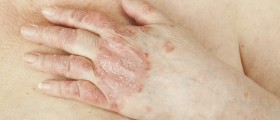

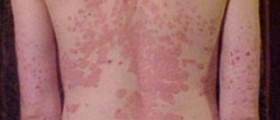



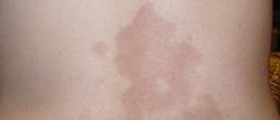


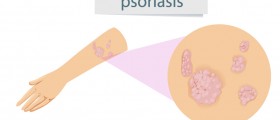



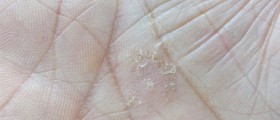
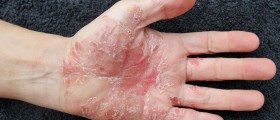
Your thoughts on this
Loading...